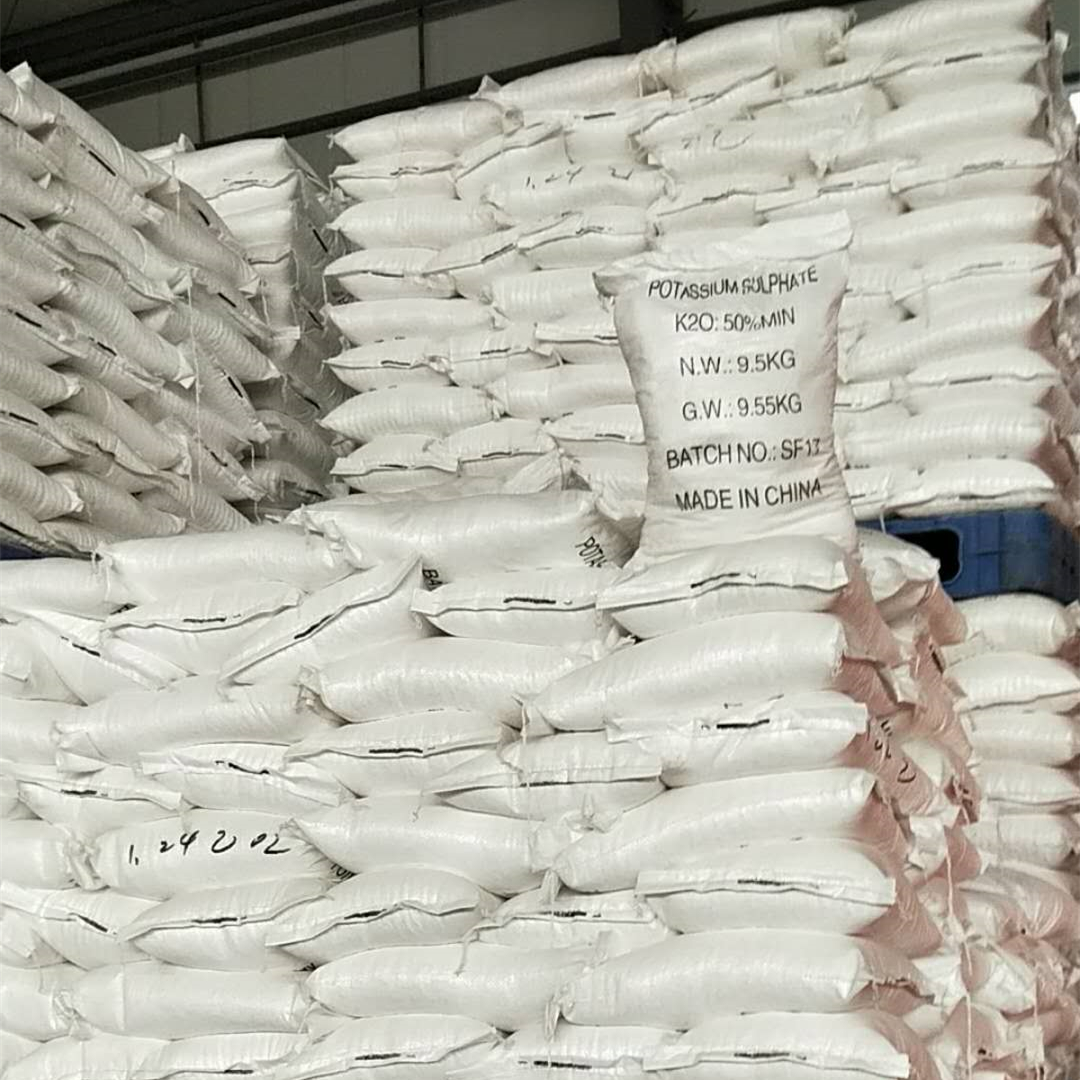
Nov . 27, 2024 02:47 Back to list
Nutrient Ratios for Successful Vegetable Garden Growth and Health
NPK for Vegetable Garden Understanding Nutrient Ratios for Thriving Growth
When it comes to cultivating a healthy vegetable garden, understanding the NPK ratio is essential. NPK refers to the three primary nutrients that plants require to thrive Nitrogen (N), Phosphorus (P), and Potassium (K). Each of these nutrients plays a crucial role in plant development, and knowing how to balance them can lead to a bumper harvest and robust plant health.
What is NPK?
The letters N, P, and K represent the elemental symbols of the three key nutrients
- Nitrogen (N) This nutrient is vital for leaf growth and is essential for the production of chlorophyll, which plants need for photosynthesis. - Phosphorus (P) This nutrient supports root development, flower production, and fruiting. It plays a crucial role in energy transfer and the synthesis of nucleic acids, which are essential for cell division. - Potassium (K) Known for its role in overall plant health, potassium helps in the regulation of stomatal opening, which aids in water retention and resistance to diseases. It promotes strong stem growth and enhances the quality of fruits and vegetables.
NPK ratios on fertilizer packages indicate the percentage by weight of each nutrient in the product. For instance, a fertilizer with an NPK ratio of 5-10-5 contains 5% nitrogen, 10% phosphorus, and 5% potassium.
The Importance of NPK Ratio in Vegetable Gardening
The requirements for NPK vary among different vegetables at various growth stages. Here are some general guidelines to help you choose the right balance for your vegetable garden
1. Leafy Greens (e.g., Lettuce, Spinach) These plants benefit from higher nitrogen levels, as they promote lush, leafy growth. A fertilizer with an NPK ratio around 12-6-6 is often suitable.
2. Fruiting Vegetables (e.g., Tomatoes, Peppers, Cucumbers) These require a balanced supply of nitrogen, phosphorus, and potassium, particularly phosphorus for strong root systems and fruiting. An NPK ratio of 5-10-10 is commonly used during their flowering and fruiting stages.
3. Root Vegetables (e.g., Carrots, Beets) Root crops benefit from an emphasis on phosphorus and potassium. A ratio like 5-10-10 or similar can encourage good root development.
4. Legumes (e.g., Beans, Peas) Legumes have the unique ability to fix nitrogen from the air through their roots, making them less reliant on nitrogen in fertilizers. A lower nitrogen ratio, such as 5-15-10, can be beneficial.
npk for vegetable garden

Testing Your Soil
Before applying any fertilizer, it's wise to test your soil to determine its nutrient composition. Soil testing kits are widely available and will provide insights into existing nutrient levels and pH balance. This will help you avoid over-fertilization, which can harm plants and the environment.
Organic vs. Synthetic Fertilizers
When choosing fertilizers, gardeners often debate between organic and synthetic options. Organic fertilizers, such as compost, manure, or bone meal, release nutrients slowly and improve soil structure. Synthetic fertilizers, on the other hand, provide immediate nutrient availability but can lead to nutrient runoff and soil degradation if used excessively.
Best Practices for Fertilization
1. Follow Recommended Rates Always adhere to the manufacturer's guidelines regarding application rates to prevent nutrient burning or leaching.
2. Fertilize at the Right Time Early in the growing season, a fertilizer high in nitrogen can promote healthy foliage. Switch to a phosphorus-rich fertilizer when the plants start flowering.
3. Water After Applying Fertilizer This helps nutrients penetrate the soil and reach the root zones more effectively.
4. Observe Plant Response Monitor your plants regularly. Signs of nutrient deficiency include yellowing leaves, stunted growth, or poor fruit development.
Conclusion
In conclusion, understanding the NPK ratio is vital for any gardener looking to produce a lush and fruitful vegetable garden. By recognizing the specific nutrient needs of different plants, conducting soil tests, and leveraging the correct fertilizers—whether organic or synthetic—you can create an environment conducive to healthy growth and abundant yields. Happy gardening!
-
Premium 10 10 10 Fertilizer Organic for Balanced Plant Growth
NewsJul.29,2025
-
Premium 10 10 10 Fertilizer Organic for Balanced Plant Growth
NewsJul.29,2025
-
50 Pound Bags of 13-13-13 Fertilizer for All Plants – Bulk & Organic Options
NewsJul.28,2025
-
High-Efficiency 15-30-15 Granular Fertilizer for Healthy Crops
NewsJul.28,2025
-
15-30-15 Granular Fertilizer for Optimal Crop & Lawn Growth
NewsJul.27,2025
-
Premium 10 10 10 Water Soluble Fertilizer for Fast Plant Growth
NewsJul.26,2025
